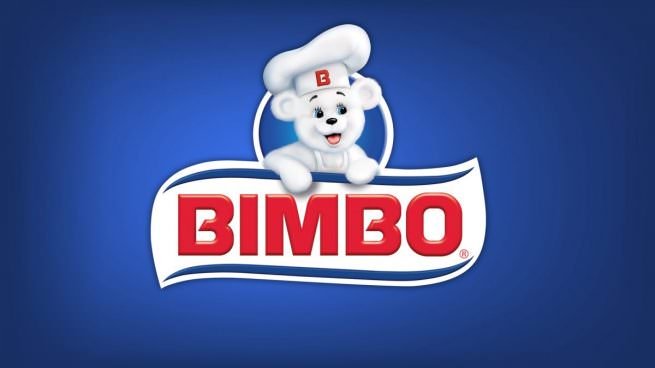
Source
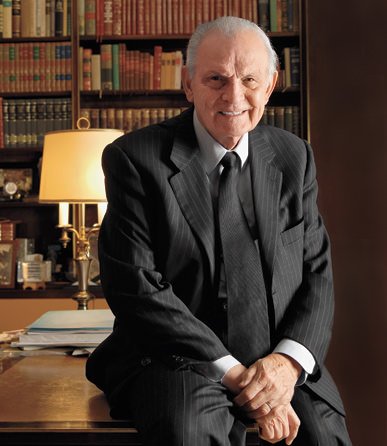
Lorenzo Servitje son of a baker who ran a bakery in Mexico City, started working in his father's business from a very early age, had always had interesting ideas to contribute to the company and knew that one day he would be in charge of the bakery, despite his life, turned upside down when his father died suddenly and he, as the eldest son of the couple, moved on to take care of the most important responsibilities of the family, among them the management of the pastry shop "El Molino" together with him also worked his uncle Jaime Cendra brother of his mother and in charge of the production area of the company. Lorenzo was a young man with many aspirations and a great vision of the future.
He began to invest to improve and expand the business that his father had built so hard, so that soon the mill had become one of the most famous and well-known patisseries in Mexico City, the local citizens were amazed by the modern machines with which they made their products. Lorenzo was very interested in innovation, so he was always informed about the novelties in the world of confectionery and he did not hesitate to invest so that his pastry shop was up to date. As I was getting to know the baking industry, I became more interested in the industrial bakery because I realized that it was a very profitable market where a lot of profit could be generated by selling wholesale.
Source
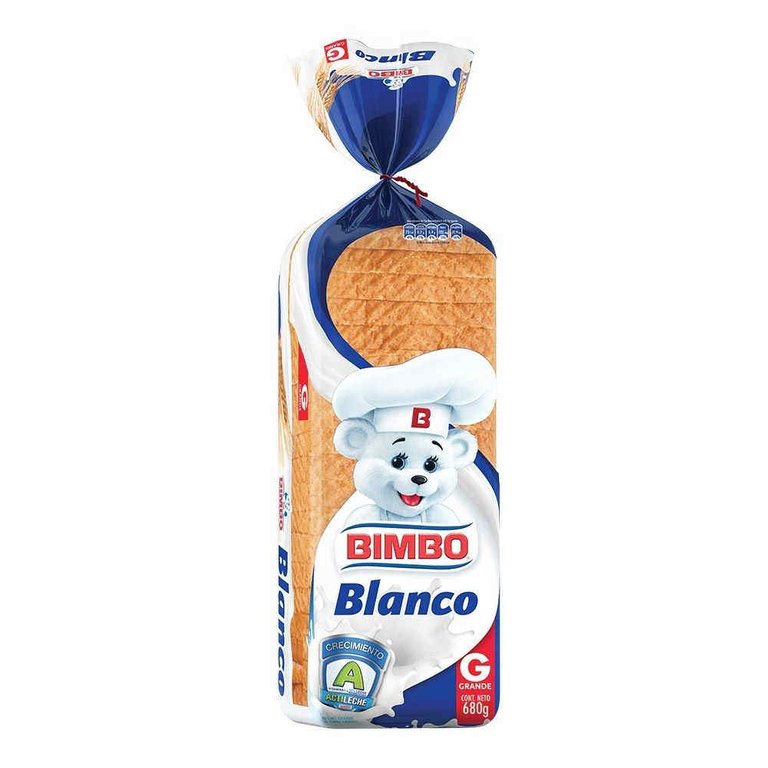
There was a product at that time that was sweeping many homes, bread mold or box bread took much longer to get bad and had a texture very different from normal bread, also there was no company to take care of making that product in Mexico City, so they could take charge of the production and distribution by the different establishments. His uncle Jaime, enthusiastic about the idea of his nephew, proposed to him to create together a bread-making company and they were joined as co-founders Jaime, Jorba, José Mata, and Alfonso Velasco. A few years later, Roberto Servitje, Lorenzo's younger brother, would also get in the car. For a short time, the company only had 34 workers, 10 trucks to make the routes and 4 products; big bread, small bread, toast, and black bread but that was enough to conquer the homes of Mexico City, they were soon well received and motivated by their success were gradually increasing their offer.
In 1948 they already had 9 different products, their advertising campaigns were very ingenious and they were very successful among the Mexican citizens, immediately everyone became fond of the adorable little bear of bimbo. In the beginning they gave importance to marketing, but they were clear that a good advertising campaign was useless with a mediocre product, the quality for bimbo was always paramount. In the mid 50's the company had already grown a lot and was generating a lot of income, Lorenzo, who had always been a very generous person and considerate of his surroundings, realized that it did not help him to have so much money if he could not contribute to improve the world. So from the beginning it was proposed that bimbo was a company committed to its environment and the social problems of its city, its first social work was to collaborate with part of their income in a school in their locality.
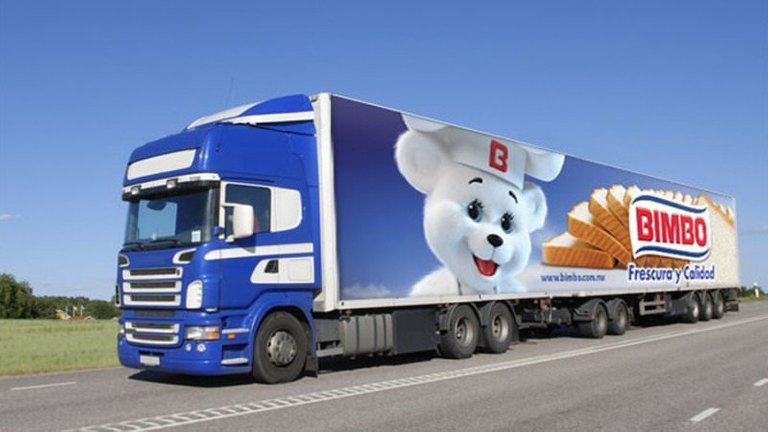
In 1955, ten years after its creation, the company already had 700 workers and 140 vehicles for its distribution routes. In 1972 they inaugurated the largest breadmaker in Latin America and one of the largest in the world. They had a great success in their country and many others in Latin America, but bimbo did not comply with that and continued with their plans for growth and international expansion. . Meanwhile his product offerings were increasing more and more, in 1984 he landed in the United States and was received with a welcome quality by the Hispanic immigrants who already knew the brand, even though the competition in this country was much harder and the American citizens had a predilection for local products, despite its expansion was unstoppable and began to take more strength in many countries of the European continent and also in the early nineties and had its own network of huge distribution which made it an incredibly powerful alimentation company.
In 1997, Daniel Servitje, son of Lorenzo, took charge of the general direction of the company and was a key player in the expansion and growth of the company, his main objective was that bimbo be consolidated as the most important and largest breadmaker in the world; In order to achieve this objective, it focused on acquiring several competing companies in different countries to take over the growth of the business and expand its offer in the bakery and industrial bakery market. Some of these acquisitions were Pullman or Saralee in the United States, Pan Rico in Spain, Dulces Vero, Galletas Gabí or Goico in Mexico. In 2006, I bought the breadmaker of Pan Rico n Beijing (China), opening up to the Asian market and thus achieving being in 3 continents, its international expansion has continued at an exorbitant rate. Currently operates in a total of 32 countries reaching even the African continent, the huge growth of bimbo is due in part to the acquisitions has continued to make several companies and brands around the planet, thanks to this has been chosen as the leader in bakery and industrial pastries thus fulfilling the goal of its CEO Daniel Servitje.
Source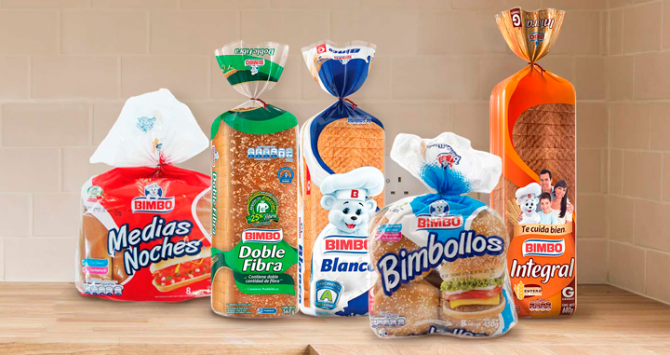
Source

Bimbo has achieved a little more than 70 years to go from being a small breadmaker to a large multinational and is currently present in millions of homes around the world. Today it sells nothing more and nothing less than 10,000 products through 100 different brands and are available in a total of 2.5 million points of sale that are supplied thanks to its 52,000 distribution routes. The founders could hardly have imagined in their humble origins how great their business was going to become; However part of the formula of the success of bimbo is that they have never been afraid to grow as a company, thanks to this their expansion and growth has been enormous in a very short time.
Bimbo as in its beginnings continues to control all production through its 153 plants and have managed to maintain a very high attention throughout the value chain over all these years, demonstrating how functional is still the system that the young Lorenzo years ago. He has also received numerous awards and recognitions as a company, thanks to his concern for the welfare of his workers, the philanthropic actions he has carried out and the creation of a program for the protection of the environment.

We can learn a lot from the business strategy that bimbo has used to become a leader in the food industry, but without a doubt one of the most important things we extract from this story is that it is very important when we dream big when we enter In a new business adventure however humble it was our starting point, without those illusions and aspirations that moved its founders, bimbo would not have become what it is today.
I hope you like it, the history of Group Bimbo
